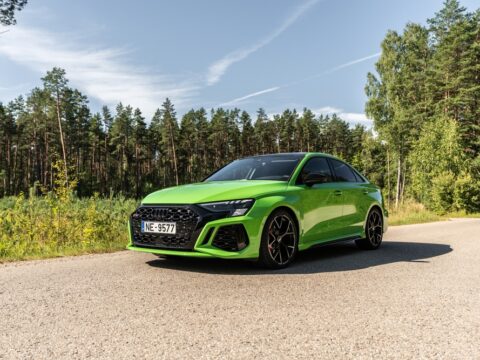Luxury SUVs are designed to offer top-tier comfort and style, but even the most high-end models can have their shortcomings. From complicated technology to impractical seating, some features leave much to be desired. We’ll explore 16 common interior design flaws that affect the overall experience in these luxury vehicles.
Contents
Limited Rear Passenger Space
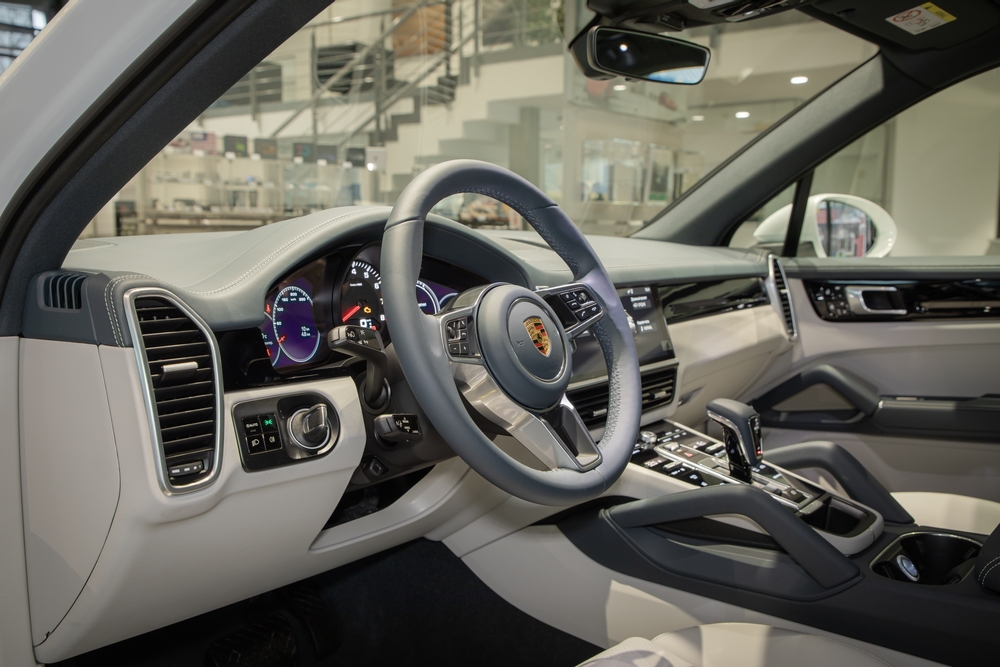
Despite their spacious exteriors, some luxury SUVs like the Porsche Cayenne offer surprisingly cramped rear seats. Taller passengers often feel uncomfortable during longer trips due to limited legroom. While high-quality materials are used throughout, the tight quarters reduce the overall comfort expected in a luxury vehicle. This design flaw undermines the sense of spaciousness.
Overly Complicated Infotainment Systems
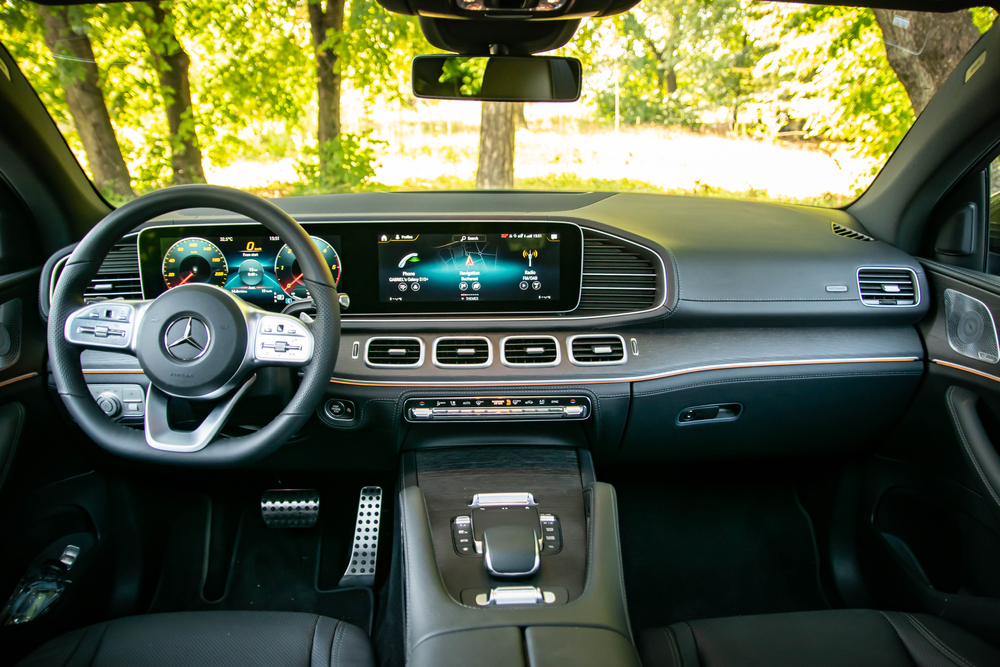
The infotainment systems in many luxury SUVs, such as the Mercedes-Benz GLE, can be overly complex. Basic tasks like adjusting the climate control or changing radio stations often require multiple steps, leading to driver distraction. While these systems boast cutting-edge technology, they’re not always user-friendly. Simplicity in design would greatly enhance the driving experience.
Poor Cargo Space Layout
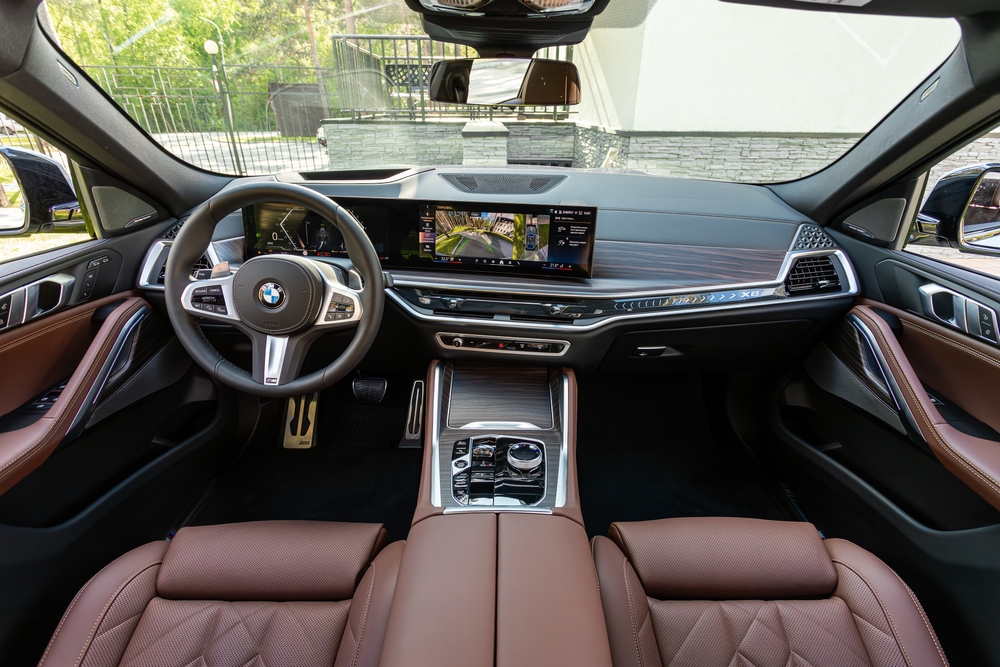
In the BMW X6, style takes precedence over practicality, especially when it comes to cargo space. The sleek, sloping roofline reduces the capacity for larger items. Although it looks sophisticated, the reduced storage options can frustrate those needing an SUV for utility. A better balance between form and function would solve this issue.
Lack of Physical Buttons
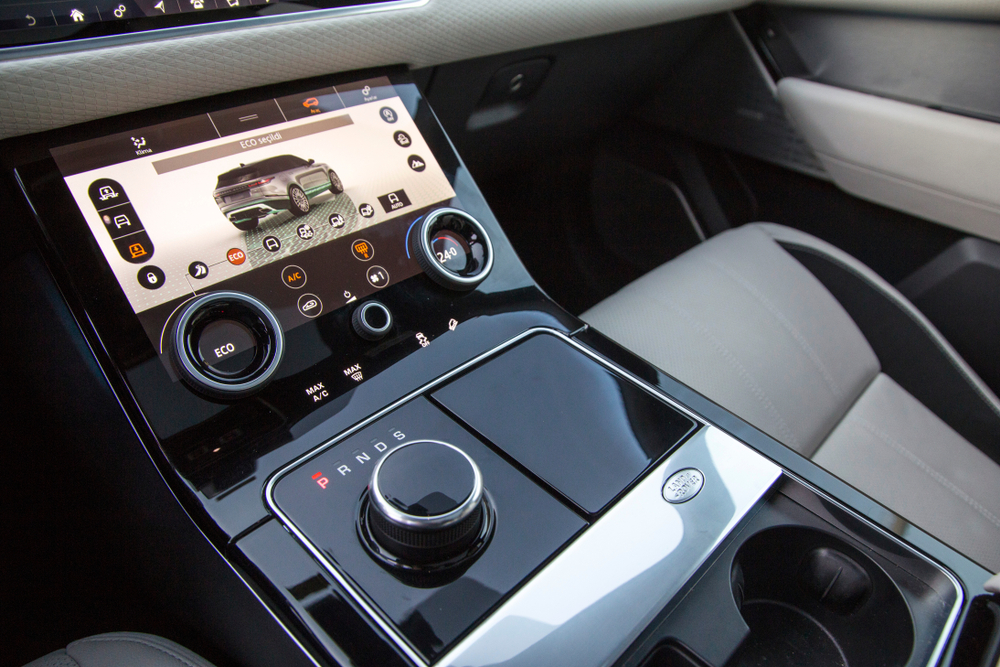
Touch-sensitive controls have replaced traditional buttons in many luxury models like the Range Rover Velar. While this design choice creates a minimalist aesthetic, it often sacrifices practicality. Users may find these touch-sensitive panels less responsive or harder to use while driving. Physical buttons would provide more tactile feedback and enhance ease of use.
Limited Visibility Due to Pillar Design

SUVs like the Lexus RX are known for having thick pillars that obstruct visibility. These design choices, though structural, lead to significant blind spots that make parking and lane changes more difficult. Although modern blind-spot monitoring can assist, the issue stems from the design of the vehicle itself. Better pillar design would reduce this visibility problem.
Excessive Use of Glossy Surfaces
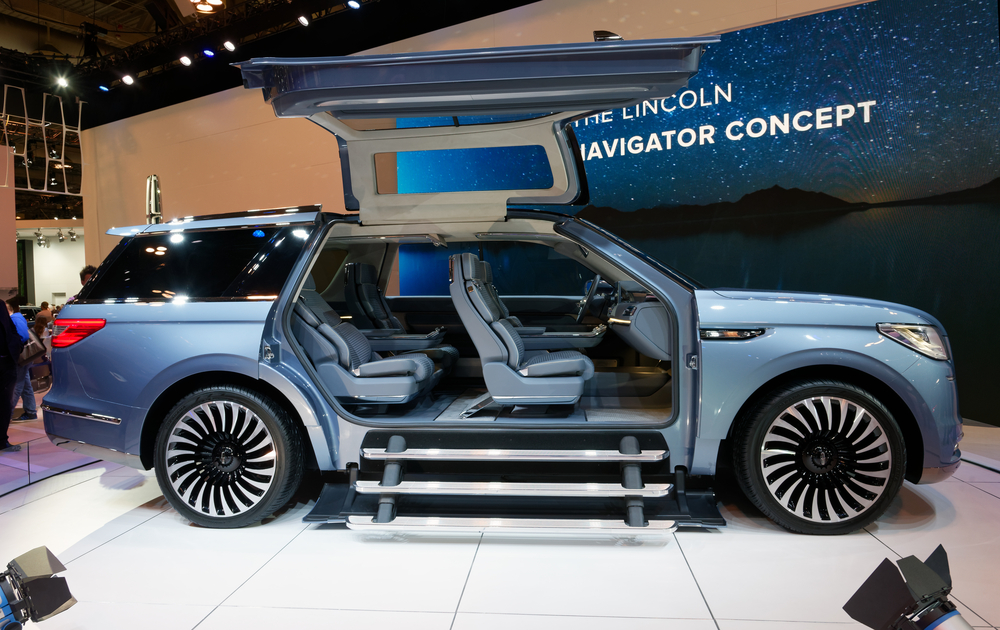
Glossy materials inside luxury SUVs, such as the Lincoln Navigator, may look stunning at first glance but require constant upkeep. They tend to attract fingerprints and dust, diminishing their visual appeal over time. Additionally, these surfaces are prone to scratches, which can make the interior look worn out more quickly than expected. A more durable material would be a better choice.
Non-Adjustable Rear Seats
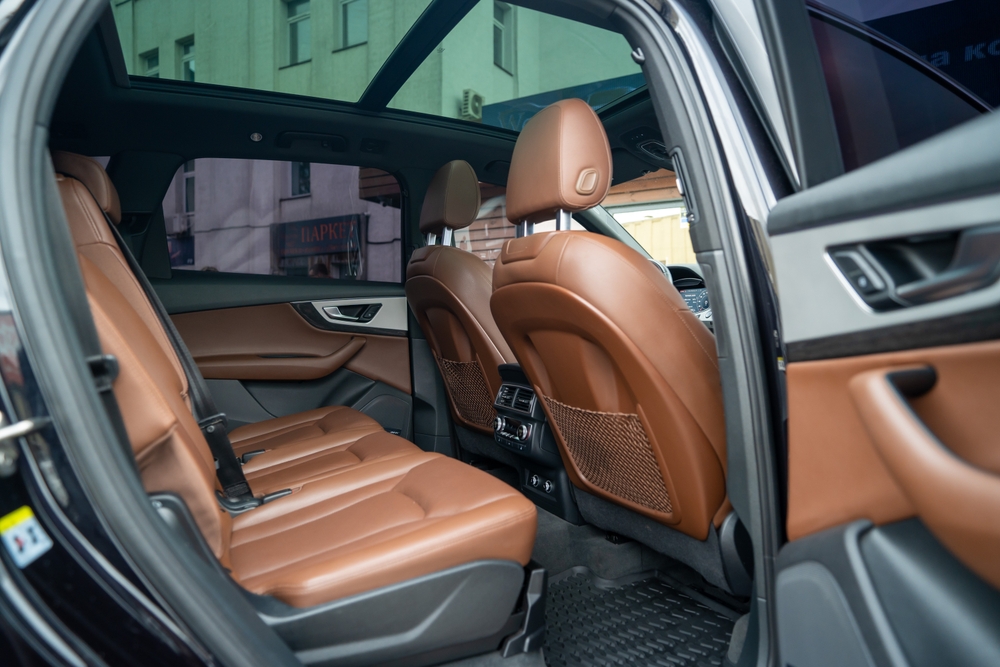
Rear passengers in the Audi Q7 may find themselves disappointed by the lack of seat adjustments. For long journeys, this lack of flexibility can result in discomfort. In a vehicle that prides itself on luxury, offering adjustable rear seats should be a given. Customizable seating would improve the comfort level for all passengers.
Small or Unusable Cup Holders
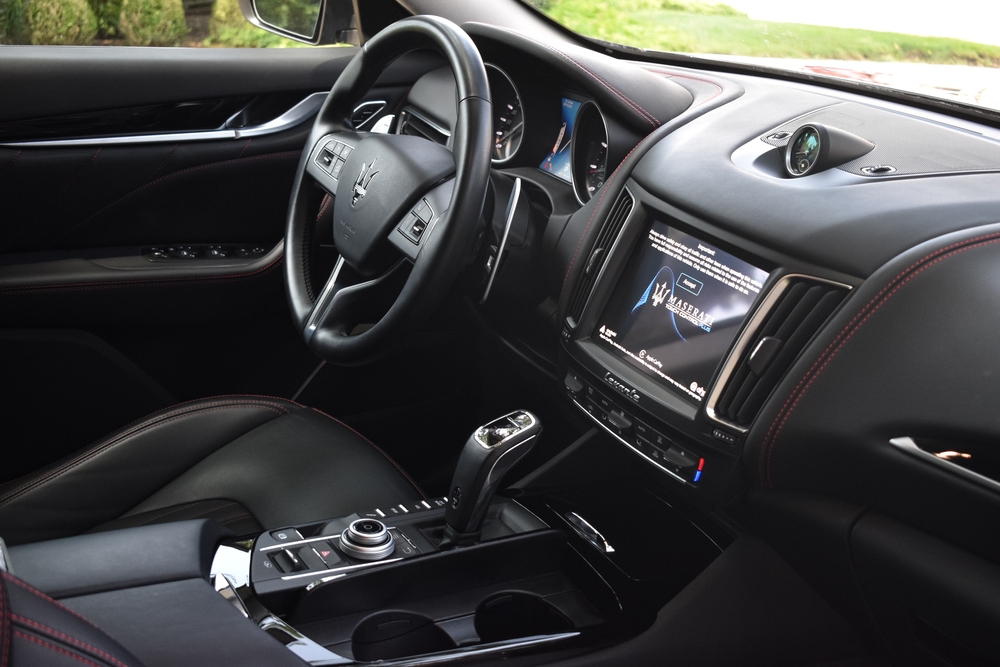
Some luxury SUVs, such as the Maserati Levante, have poorly designed cup holders that fail to accommodate modern beverage sizes. This small but significant flaw can lead to spills and overall inconvenience. In a luxury vehicle, attention to detail is expected, and even cup holders should be practical. Larger, better-placed holders would prevent these issues.
Inadequate Ventilation for Rear Passengers
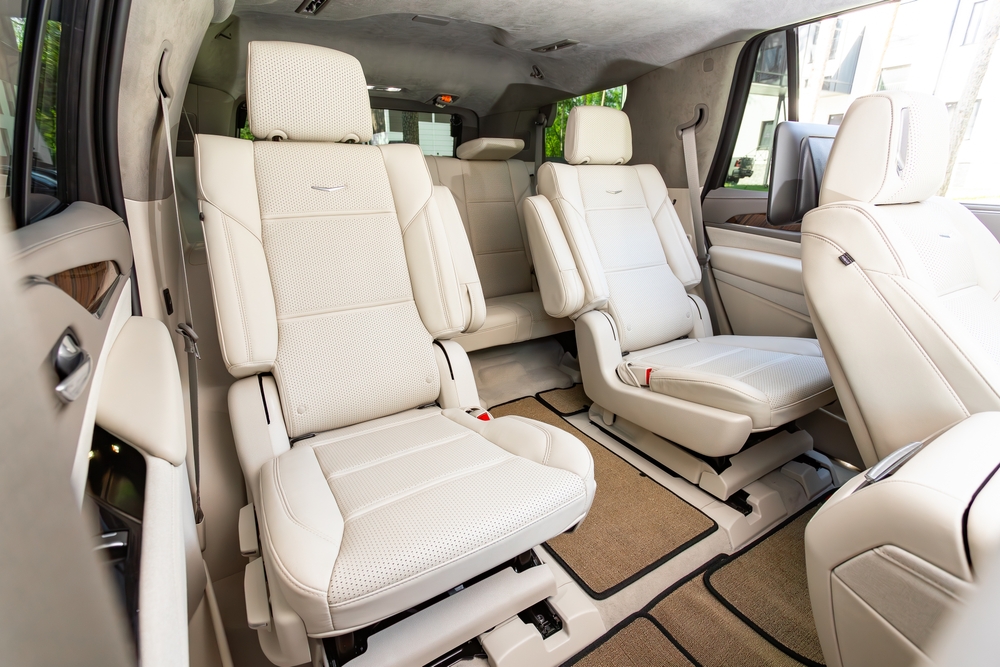
The rear seats of some models like the Cadillac Escalade suffer from subpar ventilation. Passengers often experience uneven air distribution, which can make long trips uncomfortable. Given the emphasis on rear-seat comfort in luxury SUVs, this is a glaring oversight. Improved rear ventilation systems would enhance passenger comfort significantly.
Minimal Interior Color Options
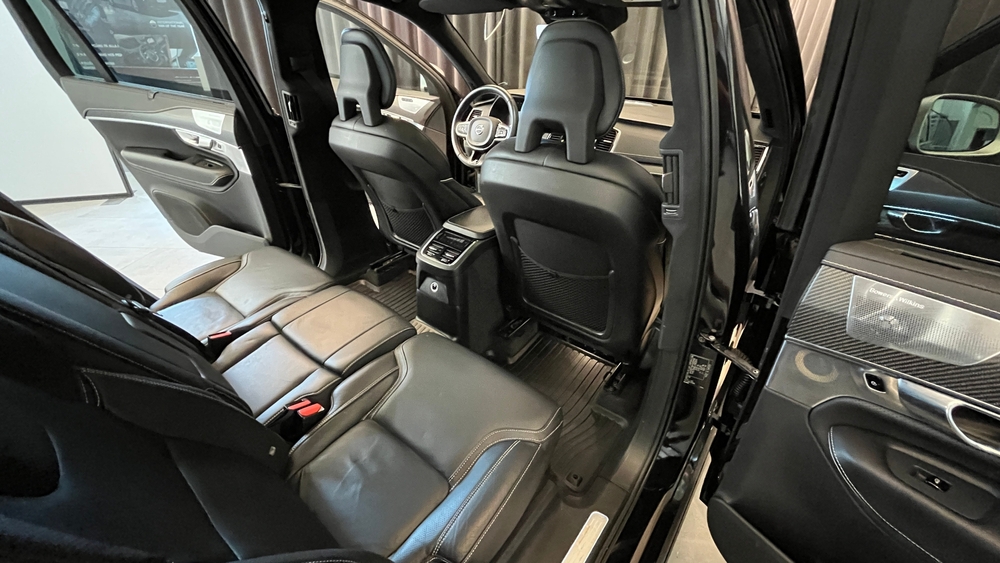
Luxury SUVs such as the Volvo XC90 often come with a limited range of interior color choices. While the available shades are elegant, they may not appeal to everyone’s tastes. A broader palette would allow for greater personalization, which many luxury buyers expect. Offering more options would cater to individual preferences.
Uncomfortable Seat Cushions
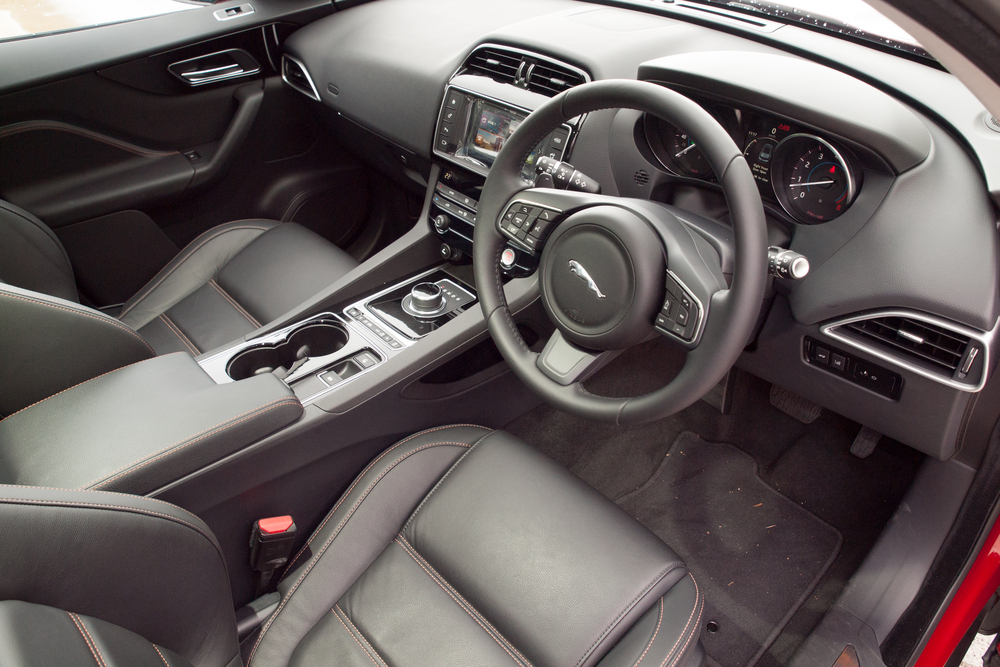
In models like the Jaguar F-Pace, the seats may look plush, but long-term comfort is sometimes sacrificed for style. Over time, the firm cushions can cause discomfort, particularly during extended drives. For a vehicle marketed as luxurious, seating should balance both aesthetics and comfort. Softer, more supportive materials would solve this issue.
Distracting Ambient Lighting
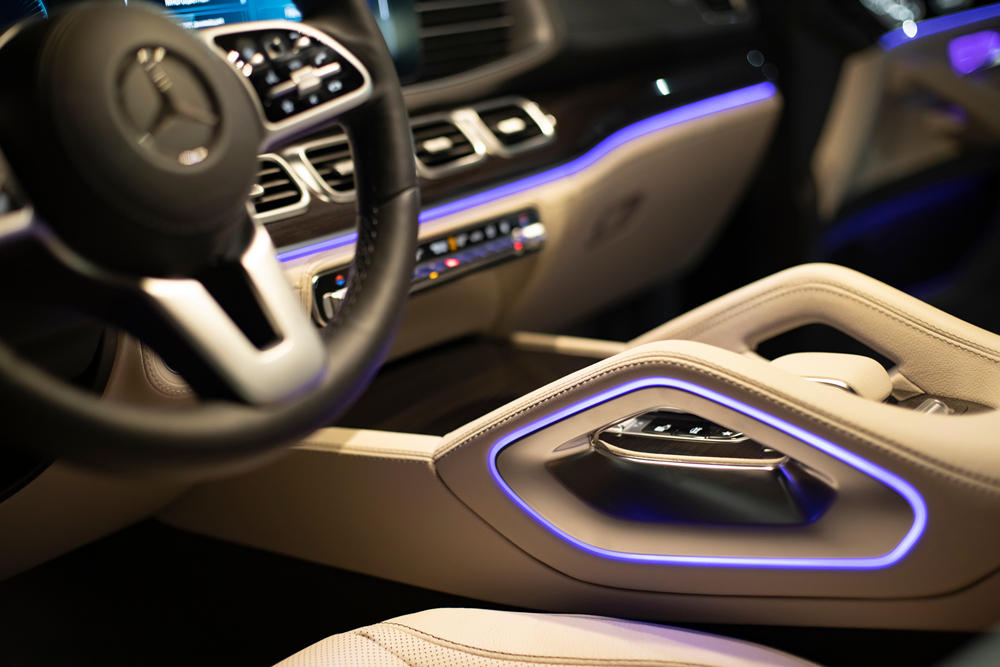
Ambient lighting, while a modern luxury feature, can be distracting in some models like the Mercedes-Benz GLS. Bright, overly colorful lights can interfere with the driver’s focus at night. While these lighting systems are meant to create a mood, they should never compromise safety. A more subdued, adjustable lighting option would be ideal.
Awkward Entry and Exit
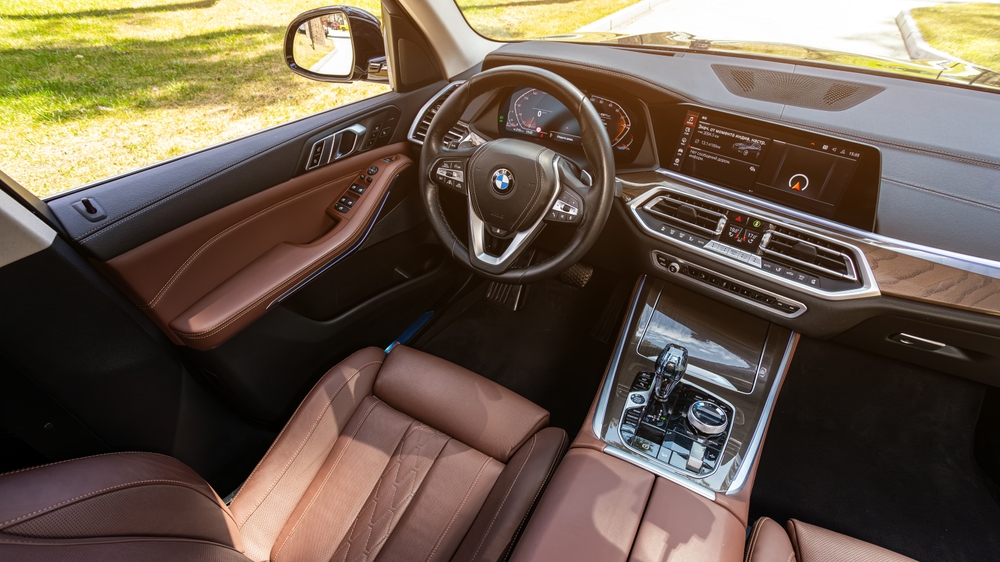
Luxury SUVs such as the BMW X7 often feature a high step-in height, making it difficult for some passengers to enter or exit comfortably. This can be particularly problematic for shorter individuals or those with limited mobility. A more accessible design would improve the ease of entry without sacrificing the SUV’s elevated stature. Steps or automatic lowering systems could resolve the issue.
Non-Intuitive Climate Control
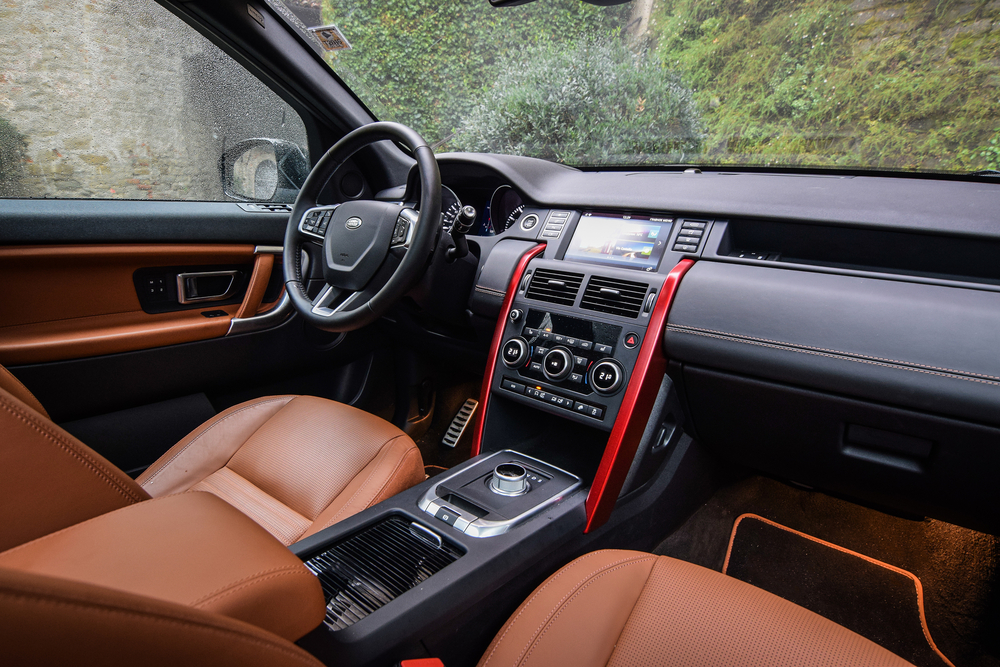
In SUVs like the Land Rover Discovery, overly complicated climate control interfaces can be a source of frustration. Drivers have to navigate through multiple menus just to adjust the temperature. This complexity detracts from the overall luxury experience. Simple, accessible controls would make the system far more user-friendly.
Limited Reclining Options for Rear Seats
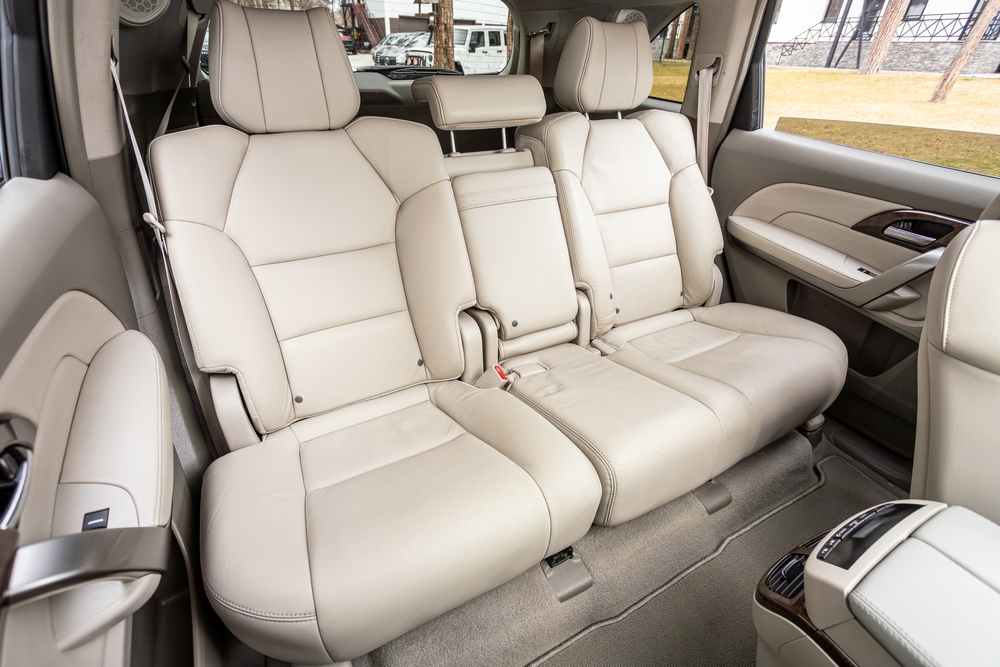
In vehicles such as the Acura MDX, rear passengers often lack the option to recline their seats. This limitation can reduce comfort, especially on long trips. Reclining options should be standard in any luxury SUV, given the emphasis on passenger comfort. Enhancing rear-seat adjustability would significantly improve the experience.
Poor Smartphone Integration
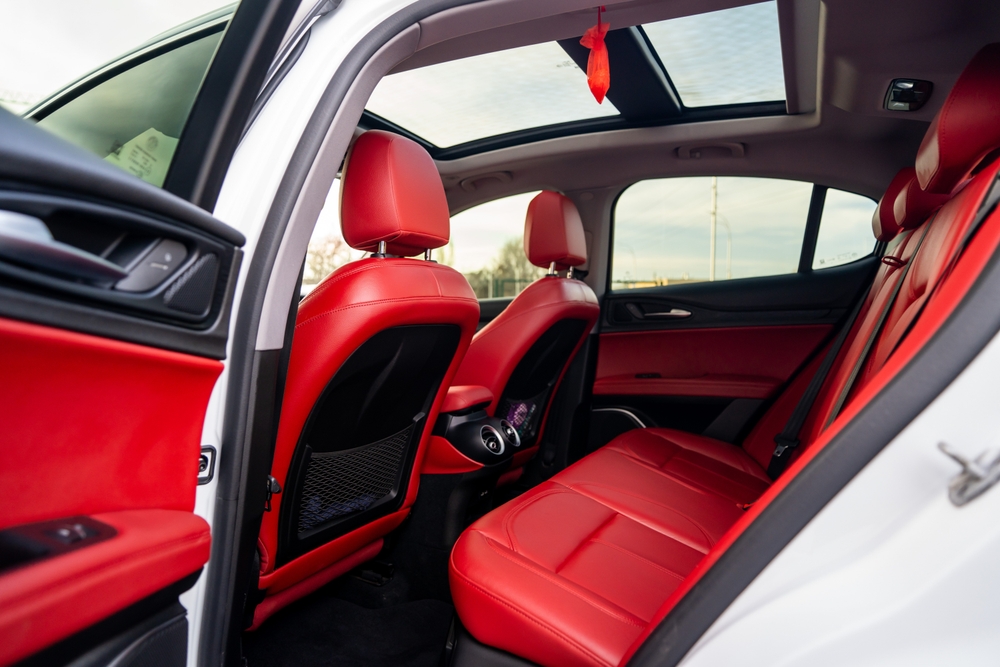
Some luxury SUVs, such as the Alfa Romeo Stelvio, struggle with seamless smartphone integration. Users frequently report issues with Apple CarPlay and Android Auto, such as lag or disconnections. Given how essential these features are today, this flaw can be particularly frustrating. Improved software integration would better meet the expectations of tech-savvy drivers.
This article originally appeared in MyCarMakesNoise.
More from MyCarMakesNoise
The 20 Most Stylish Sports Cars Europe Has Ever Produced
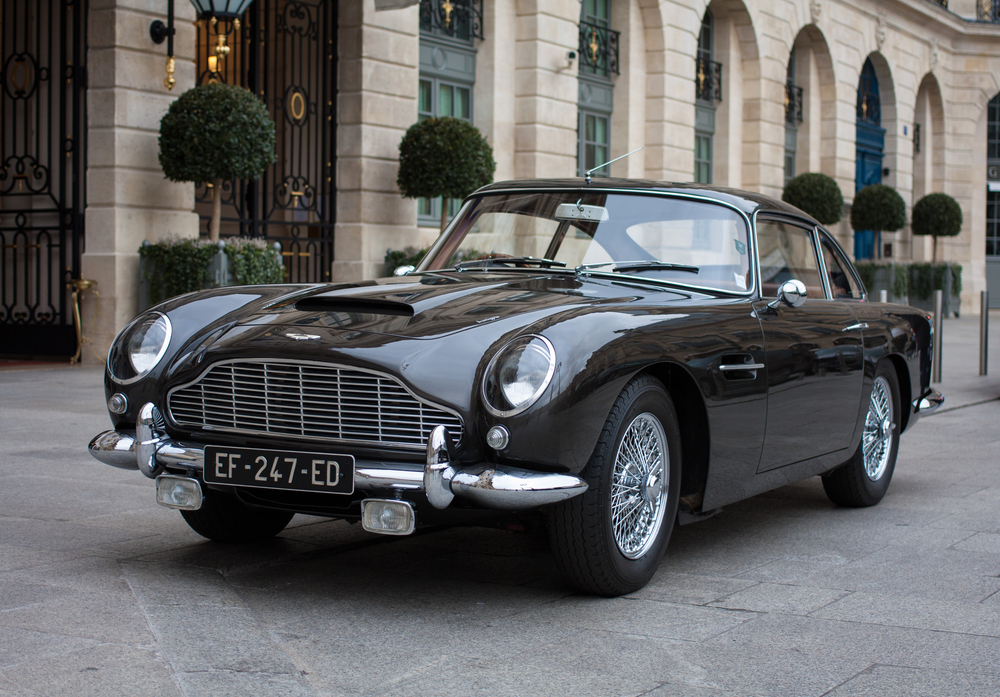
When it comes to sports cars, Europe has a long history of producing some of the most stylish and iconic models the world has ever seen. From sleek curves to bold designs, these cars are more than just vehicles—they’re masterpieces on wheels. Read More.
15 Common Car Troubles When You Forget Routine Maintenance

Forgetting to keep up with routine maintenance on your car might seem harmless at first, but over time, it can lead to a host of problems that are both inconvenient and expensive. Read More.
13 Surprising Facts You Didn’t Know About Famous Race Cars
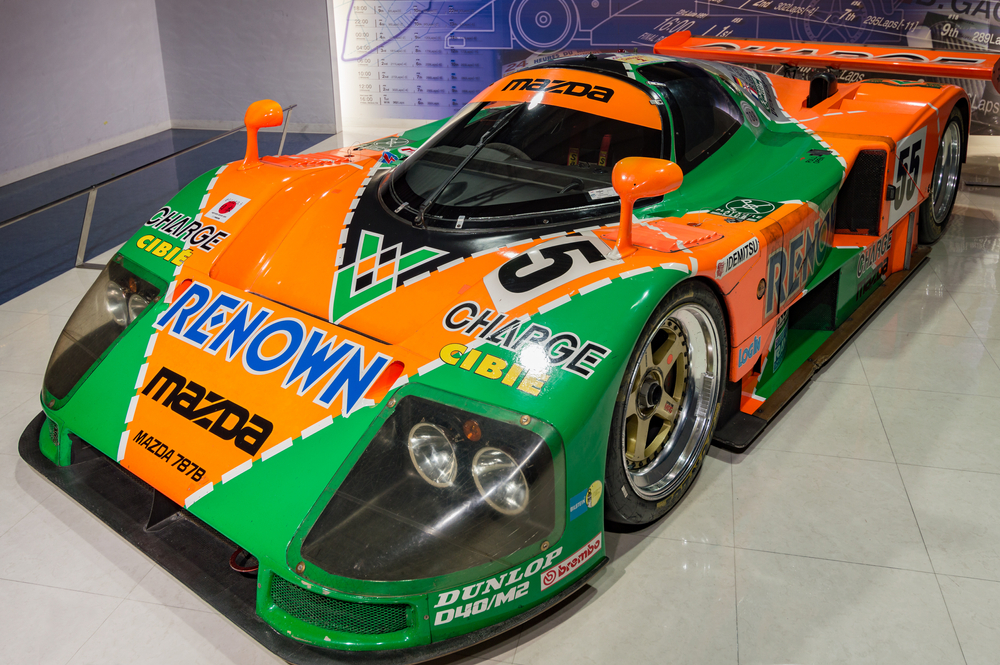
Race cars have long captivated enthusiasts with their blend of speed, engineering, and cutting-edge technology. While many are familiar with these machines’ iconic names and legendary victories, countless intriguing details often go unnoticed. Read More.




